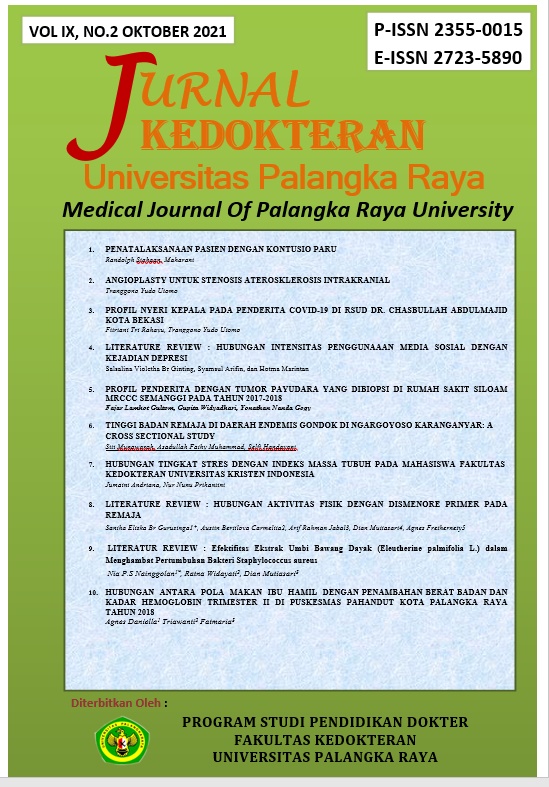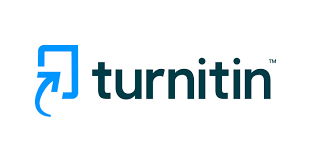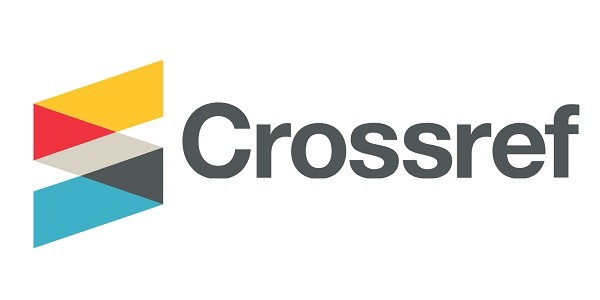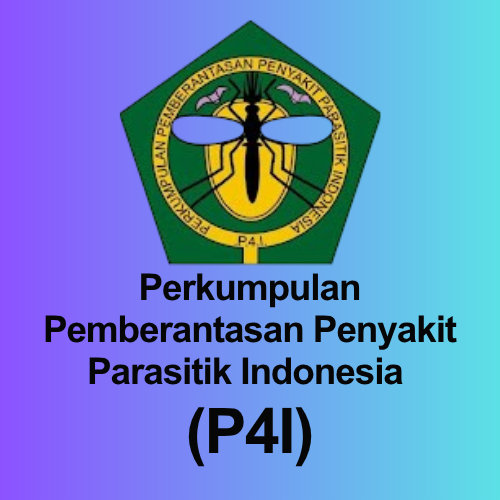ANGIOPLASTY FOR INTRACRANIAL ATEROSCLEROSIS STENOSIS
DOI:
https://doi.org/10.37304/jkupr.v9i2.3511Keywords:
Intracranial atherosclerotic stenosis, Angioplasty, Intracranial Atherosclerotic, Intracranial StenosisAbstract
Intracranial atherosclerotic stenosis (ICAS) is a common cause of transient ischemic attack (TIA) and ischemic stroke which is the second – leading cause of death worldwide. At up to 40 – 50%, the rate of symptomatic ICAS is significantly higher in the Asian population and is probably the most common cause of stroke worldwide. Indication for endovascular treatment is a challenge and the selection of material as well as interventional techniques essentially differs from the treatment of extracranial stenosed. Conservative (medical and lifestyle change) and endovascular therapy procedures as well as endovascular therapeutic approaches (percutaneous balloon angioplasty (PTA) or stent – assisted angioplasty (PTAS) are available for the treatment of ICAS. This review aims to further evaluate the role of angioplasty in treating intracranial atherosclerosis. Endovascular treatment, such as balloon angioplasty with or without stenting, have emerged as therapeutic option for symptomatic intracranial stenosis. There are many types of endovascular techniques available for ICAS treatment, including balloon angioplasty alone, balloon – mounted stent (Pharos Vitesse), and self – expandable stent (Wingspan), each of which has its owns features and specific advantages relating to different intracranial artery lesion. Thus, endovascular treatment in ICAS patient is an alternative to prevent recurrent TIA/ischemic stroke. Endovascular treatment requires comprehensive considerations and multidiscipline team in order to provide effective treatment for ICAS patients.
Downloads
References
Gorelick PB, Wong KS, Bae HJ, Pandey DK. Large artery intracranial occlusive disease: a large worldwide burden but a relatively neglected frontier. Stroke. 2008; 39: 2396–99.
Hussain M, Datta N, Cheng Z, et al. Spanning from the West to East: An Updated Review on Endovascular Treatment of Intracranial Atherosclerotic Disease. Aging Dis. 2017;8(2):196-202.
Usman FS, Soetanto GW, Ramadhoni PD, Hermawan GA. Numbers of stent and balloon in neuro-endovascular procedures was associated with numbers of stroke risk factors in Indonesia. J Neuro Inter. 2020.
Wabnitz A, Chimowitz M. Angioplasty, Stenting and Other Potential Treatments of Atherosclerotic Stenosis of the Intracranial Arteries: Past, Present and Future. J Stroke. 2017 Sep;19(3):271–6.
Chimowitz MI, Lynn MJ, Derdeyn CP, Turan TN, Fiorella D, Lane BF, et al. Stenting versus aggressive medical therapy for intracranial arterial stenosis. N Engl J Med. 2011: 365:993–1003.
Liu L, Wong KSL, Leng X, et al. Dual antiplatelet therapy in stroke and ICAS: subgroup analysis of CHANCE. Neurology 2015; 85: 1154–1162.
Uchiyama S, Sakai N, Toi S, et al. Final results of cilostazol-aspirin therapy against recurrent stroke with intracranial artery stenosis (CATHARSIS). Cerebrovasc Dis Extra 2015; 5: 1–13.
Gomez CR, Orr SC. Angioplasty and stenting for primary treatment of intracranial arterial stenoses. Arch Neurol 2001;58:1687-1690.
Sangha RS, Naidech AM, Corado C, Ansari SA, Prabhakaran S. Challenges in the Medical Management of Symptomatic Intracranial Stenosis in an Urban Setting. Stroke. 2017 Aug 1;48(8):2158–63.
Nordmeyer H, Chapot R, Aycil A, Stracke CP, Wallocha M, Hadisurya MJ, et al. angioplasty and stenting of intracranial arterial stenosis in perforator-bearing segments: a comparison between the anterior and the posterior circulation. Frontiers in neurology. 2018.
Lou J, Wang T, Gao P, Krings T, Jiao L. Endovascular treatment of intracranial atherosclerotic stenosis: current debates and future prospects. Frontiers in Neurol. 2018.
Padalia A, Sambursky JA, Skinner C, Moureiden M. Percutaneous Transluminal Angioplasty with Stent Placement versus Best Medical Therapy Alone in Symptomatic Intracranial Arterial Stenosis: A Best Evidence Review. Cureus. 10(7):e2988.
Cui XP, Lin M, Mu JS, Ye JX, He WQ, Fu ML, et al. Angioplasty and stenting for patients with symptomatic intracranial atherosclerosisi: study protocol of a randomised controlled trial. BMJ. 2016: 6.
Okada H, Terada T, Tanaka Y, et al. Reappraisal of Primary Balloon Angioplasty without Stenting for Patients with Symptomatic Middle Cerebral Artery Stenosis. Neurol Med Chir(Tokyo). 2015;55(2):133–40.
Dumont TM, Sonig A, Mokin M, Eller JL, Sorkin GC, Snyder KV, et al. Submaximal angioplasty for symptomatic intracranial atherosclerosis: a prospective phase I study. J Neurosurg. (2016) 125:964–71.
Wang Y, Ma Y, Gao P, et al. Primary angioplasty without stenting for symptomatic, high-grade intracranial stenosis with poor circulation. Am J Neuroradiol. 2018;39(8):1487-92.
Chatterjee AR, Derdeyn CP. Stenting in intracranial stenosis: current controversies and future directions. Curr AtherosclerRep. 2015;17:48.
Kang K, Zhang Y, Shuai J, Jiang C, Zhu Q, Chen K, et al. Balloon-mounted stenting for ICAS in a multicenter registry study in China: a comparison with the WEAVE/WOVEN trial. J Neurointerventional Surg. 2020 Dec 11;neurintsurg-2020-016658.
Kurre W, Brassel F, Bruning R, Buhk J, Eckert B, Horner S, et al. Complication rates using balloon expandable and selfexpanding stents for the treatment of intracranial atherosclerotic stenoses: analysis of the INTRASTENT multicentric registry. Neuroradiology. 2012;54:43–50.
Liu L, Zhao X, Mo D, Ma N, Gao F, Miao Z. Stenting for symptomatic intracranial vertebrobasilar artery stenosis: 30-day results in a highvolume stroke center. Clin Neurol Neurosurg. 2016;143:132–8.
Ding D, Liu KC. Applications of stenting for intracranial atherosclerosis. Neurosurg Focus. 2011;30:E15.
Maier IL, Karch A, Lipke C, Behme D, Mpotsaris A, Kabbasch C, et al. Transluminal angioplasty and stenting versus conservative treatment in patients with symptomatic basilar artery stenosis: perspective for future clinical trials. Clin Neuroradiol. (2016) 28:33–38





















